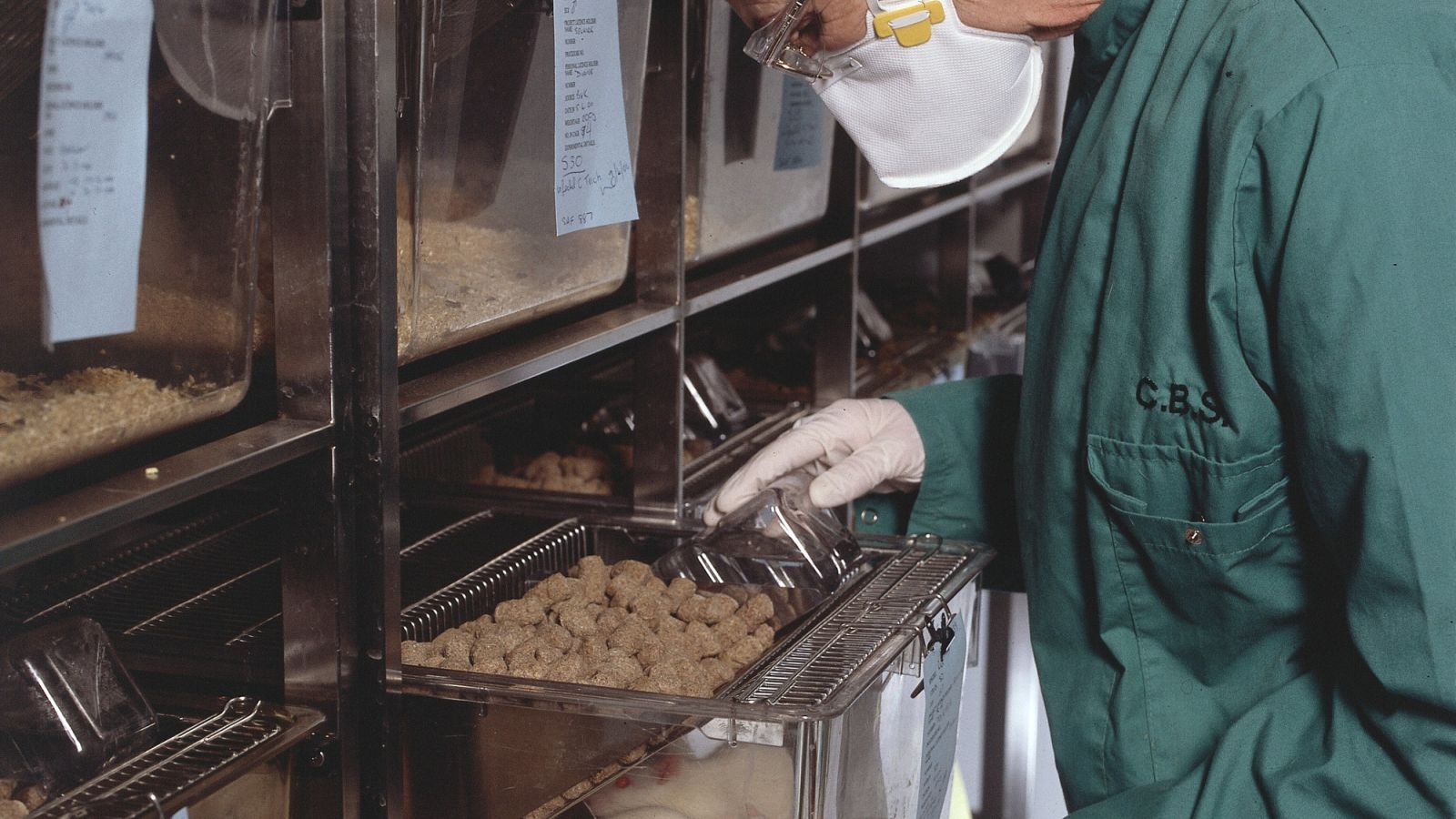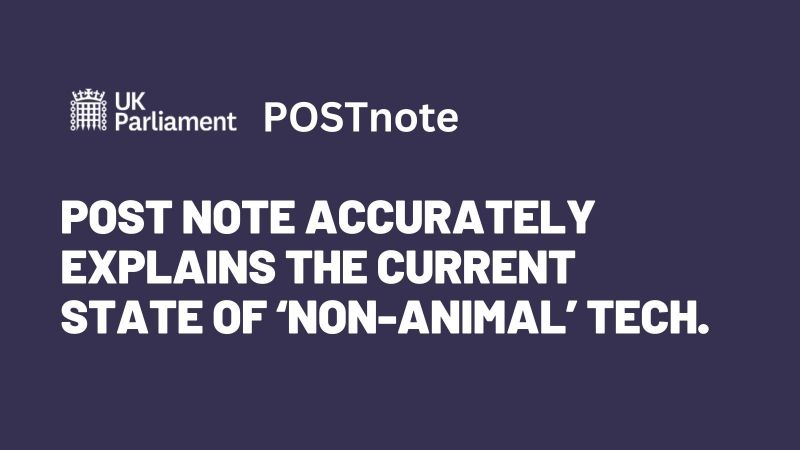
On March 12, the government announced that it was banning the testing of household cleaners on animals in line with a Coalition pledge. Campaigners reacted furiously, claiming the ban had too many loopholes and, in reality, it wasn’t a ban at all because it wouldn’t ban the testing of ingredients of household cleaners on animals. So, who’s telling the truth?
Well firstly the government ban is qualified. The testing of finished products is now completely banned, although frankly such research has not happened on any scale since the early noughties. There was one animal used in 2007 for instance, 132 in 2008, 24 in 2010 and none since.
The Home Office also stated the ban will also apply to any chemical when more than half of it is expected to be used as an ingredient in household products. Testing of such ingredients on animals will be banned unless there is a legal requirement or an exceptional justification can be made in advance.
This latter part is the bit which outraged campaigners. BUAV said “This ‘ban’ will not include animal testing for ingredients”, which is not quite true – it will apply to any chemical when more than half of it is expected to be used as an ingredient in household products. PETA went with “We already know that we shouldn’t swallow bleach or put it in our eyes – we don’t need to force chemicals down animals’ throats or drip chemicals into their eyes to confirm it.” Given that most accidental ingestions are by children under 5, I can imagine parents and A&E doctors alike might disagree with that mindset. In this paper looking at 1,500 A&E admissions of children under 1 (thus relatively immobile), most were falls, but 3 had drunk household cleaning products.
Nevertheless, it is true to say that there are difficulties and qualifications that the government cannot get around which prevent a blanket ban. One such difficulty is that chemicals can be used for manifold applications. We see water in everything from face creams to Cillit Bang, for instance, but would not consider it primarily a cosmetic or cleaning ingredient. Another is the EU’s REACH legislation which required testing (including animal tests) to build health and safety profiles for some 30,000 chemicals between 2009 and 2018. Like water in face creams, some of these might conceivably find their way into household cleaning products.
However, there are measures in place to minimise animal use and the European Chemicals Agency will accept tests on similar compounds to avoid the need for animal tests. As they put it:
“REACH offers several alternatives to testing on animals. For example, companies can use existing animal studies, conducted before REACH. They can also predict the properties of substances by comparing one substance with another similar one where test data are already available. This approach is called read-across.”
Indeed, it’s using these acceptable alternatives such as theoretical evaluation models, which lets Ecover get away with avoiding animal tests.
Referring, then, to the “cruel use of animals in tests to produce a new brand of washing-up liquid or window cleaner” (as the BUAV did) isn’t quite the whole story, and a ban on testing household cleaners doesn’t necessarily mean your household cleaner won’t have chemicals in it which were tested on animals, although it’s not particularly likely either.
However, this lack of absolutism was a deliberate move by the Home Office. It is often said (by me) that you can solve any policy problem in 20 minutes flat. It’s just that then you’ve got to deal with all of the unintended consequences of the solution. Lacking a crystal ball, it is usually better to leave a bit of ministerial wiggle room when regulating just in case scientists innovate their way to creating a cleaner that’s less harmful to the environment or some-such. The alternative, in the absence of a ban on importing animal-tested products is that any tests to determine their safety will be conducted abroad, outside of our sphere of influence and strict regulatory environment.
The bottom line is that this is a de facto ban on testing household products, couched with the caveat that exceptions might be made in exceptional circumstances. It might not be good enough for those who put principle above practicality (and children’s safety) but it’s a pretty good way to make policy.
Last edited: 6 April 2022 08:43



